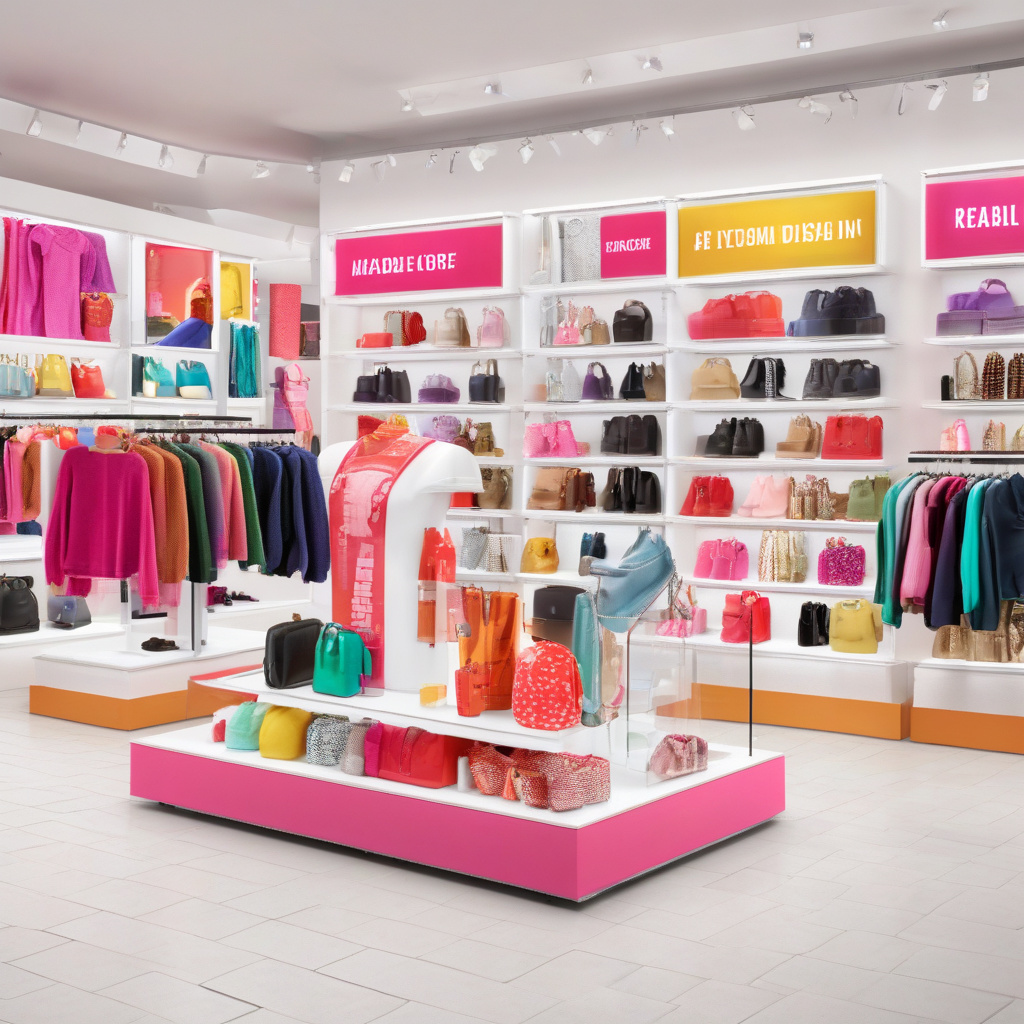Key Metrics to Gauge Retail Display Success
Measuring the right Key Performance Indicators (KPIs) is crucial when it comes to proving the success of your retail display program. In the competitive landscape of retail, where every square inch of a store is valuable real estate, ensuring that your displays are not only visually appealing but also driving results is paramount.
One of the fundamental metrics to consider when evaluating retail display success is foot traffic. By monitoring the number of people who walk by or engage with your display, you can gauge its effectiveness in attracting potential customers. A significant increase in foot traffic around your display could indicate that it is eye-catching and appealing to shoppers.
Another essential metric is dwell time, which refers to the amount of time a customer spends interacting with your display. A longer dwell time suggests that the display is capturing the attention of customers and engaging them effectively. This metric is particularly important as it indicates the level of interest and potential intent to purchase.
Conversion rate is a key metric that directly impacts the success of your retail display. By tracking the percentage of customers who make a purchase after interacting with the display, you can assess its ability to drive sales. A high conversion rate indicates that the display is not only attracting customers but also persuading them to make a purchase.
In addition to these metrics, it is essential to consider the impact of the display on overall sales. By comparing the sales performance of products featured in the display against those that are not, you can determine the display’s influence on purchasing decisions. A noticeable increase in sales of promoted products indicates that the display is effectively driving conversions.
Customer engagement is another critical metric that can help you evaluate the success of your retail display. By monitoring customer interactions, such as touching, picking up, or trying out products, you can gauge the level of interest and engagement generated by the display. Increased customer engagement often leads to higher conversion rates and overall sales.
Lastly, it is essential to track return on investment (ROI) to determine the profitability of your retail display program. By comparing the costs associated with creating and maintaining the display against the revenue generated from increased sales, you can assess the effectiveness of your investment. A positive ROI indicates that the display is contributing to the bottom line and driving business growth.
In conclusion, measuring the right KPIs is essential for evaluating the success of your retail display program. By tracking metrics such as foot traffic, dwell time, conversion rate, sales impact, customer engagement, and ROI, you can gain valuable insights into the effectiveness of your displays and make informed decisions to optimize performance.
foot traffic, dwell time, conversion rate, sales impact, customer engagement
